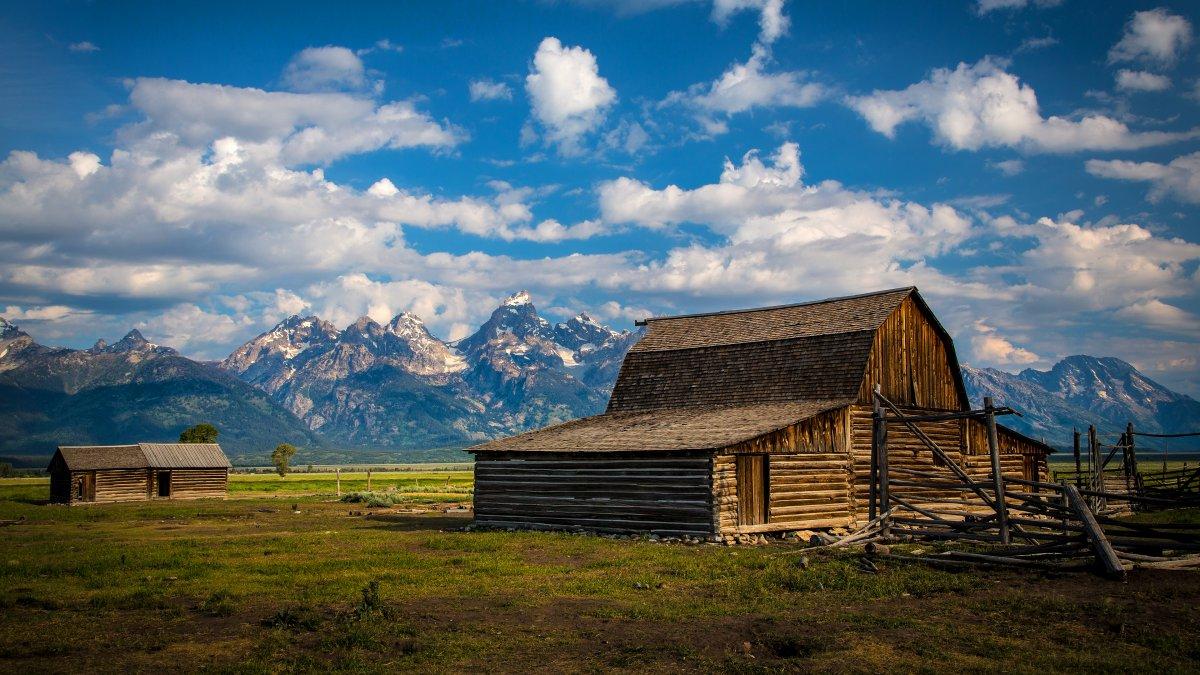Exploring the Factors That Contribute to a Deeper Appreciation of Cultural Diversity in Zambia
As a landlocked African country with a rich cultural and ethnic mix, Zambia has a lot to offer in terms of its scenic beauty, wildlife, and diverse population. The country boasts over 73 ethnic groups, each with its own unique language, traditions, and customs. Understanding and appreciating the cultural diversity in Zambia can be an enlightening experience for travelers, expats, and locals alike. To help foster a deeper appreciation of this diversity, we’ve explored some of the key factors that contribute to it:
1. Historical context
Zambia was once a British colony called Northern Rhodesia, which gained independence in 1964. Its history of colonialism and struggles for independence have influenced its current cultural identity. Zambia’s cultural diversity reflects its complex past, with traditional values blending with modern influences to create a unique hybrid culture.
2. Music and dance
Music and dance are an integral part of Zambian culture. From the lively and energetic beats of salsa to the soulful and melancholic rhythms of the Mokwa band, the country’s music scene is a rich tapestry of sound. The diverse array of musical styles reflects the different cultural influences present across the country.
3. Food
Zambian cuisine is diverse and delicious, with traditional dishes like nshima, ndiwo, and kapenta providing a culinary tour of the country’s varied regions. For example, nshima is a staple food made from ground maize and water eaten with ndiwo – a vegetable relish. Kapenta, a small freshwater fish, is another delicacy that is commonly enjoyed.
4. Festivals and celebrations
Zambia has a plethora of festivals and traditions that celebrate their diverse ethnic identities, including the Lwiindi Ceremony of the Tonga people, the Kuomboka Ceremony of the Lozi people, and the Ncwala Ceremony of the Ngoni people. These festive events offer a unique insight into the customs, beliefs, and lifestyles of the different Zambian ethnic groups.
5. Language
With over 73 local dialects spoken in Zambia, language is another critical aspect that contributes to the country’s cultural diversity. While English is the official language, Bemba, Tonga, Nyanja, and Lozi are some of the most widely spoken local dialects. Learning some of these languages can help visitors connect better with the locals and appreciate the subtle nuances of Zambian culture.
In conclusion, exploring the cultural diversity in Zambia can be a life-changing experience, opening up a whole new world of traditions, customs, and values. Embracing the country’s rich culture can help foster deeper connections with the locals, enjoy new culinary experiences, and immerse yourself in the vibrant music and dance scene. By delving into Zambia’s historic past, festivals, language, and cuisine, we can celebrate its cultural richness and enjoy its unique diversity.
(Note: Do you have knowledge or insights to share? Unlock new opportunities and expand your reach by joining our authors team. Click Registration to join us and share your expertise with our readers.)
Speech tips:
Please note that any statements involving politics will not be approved.
